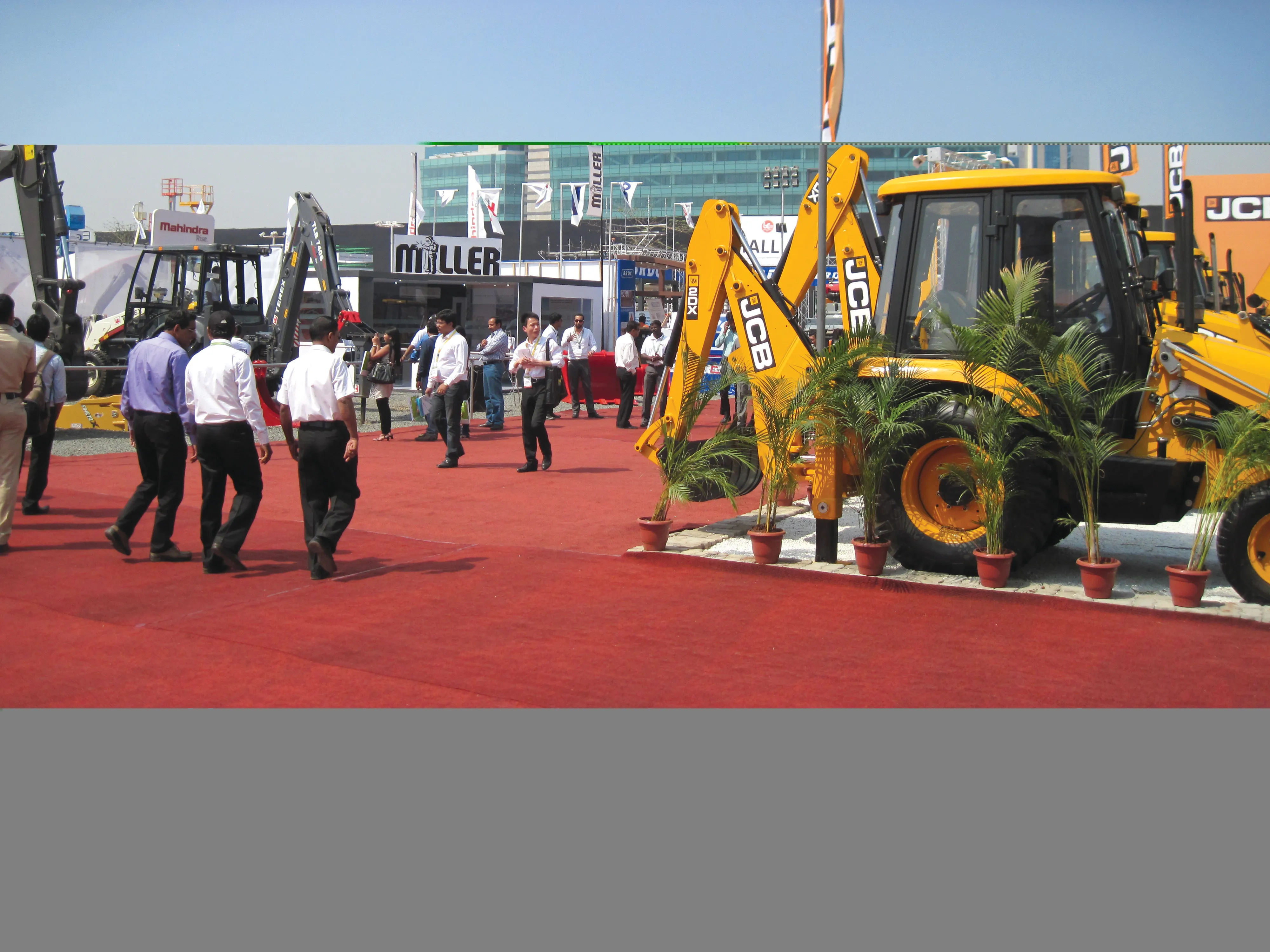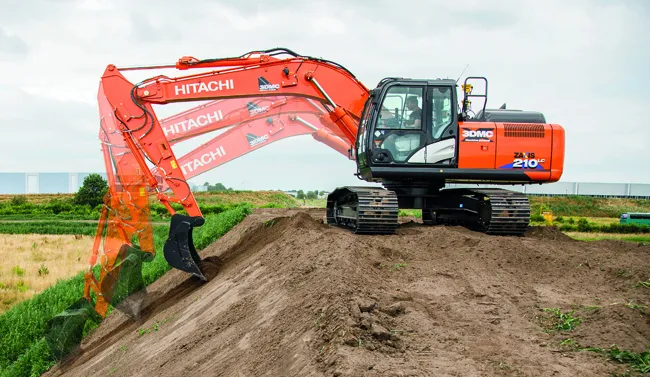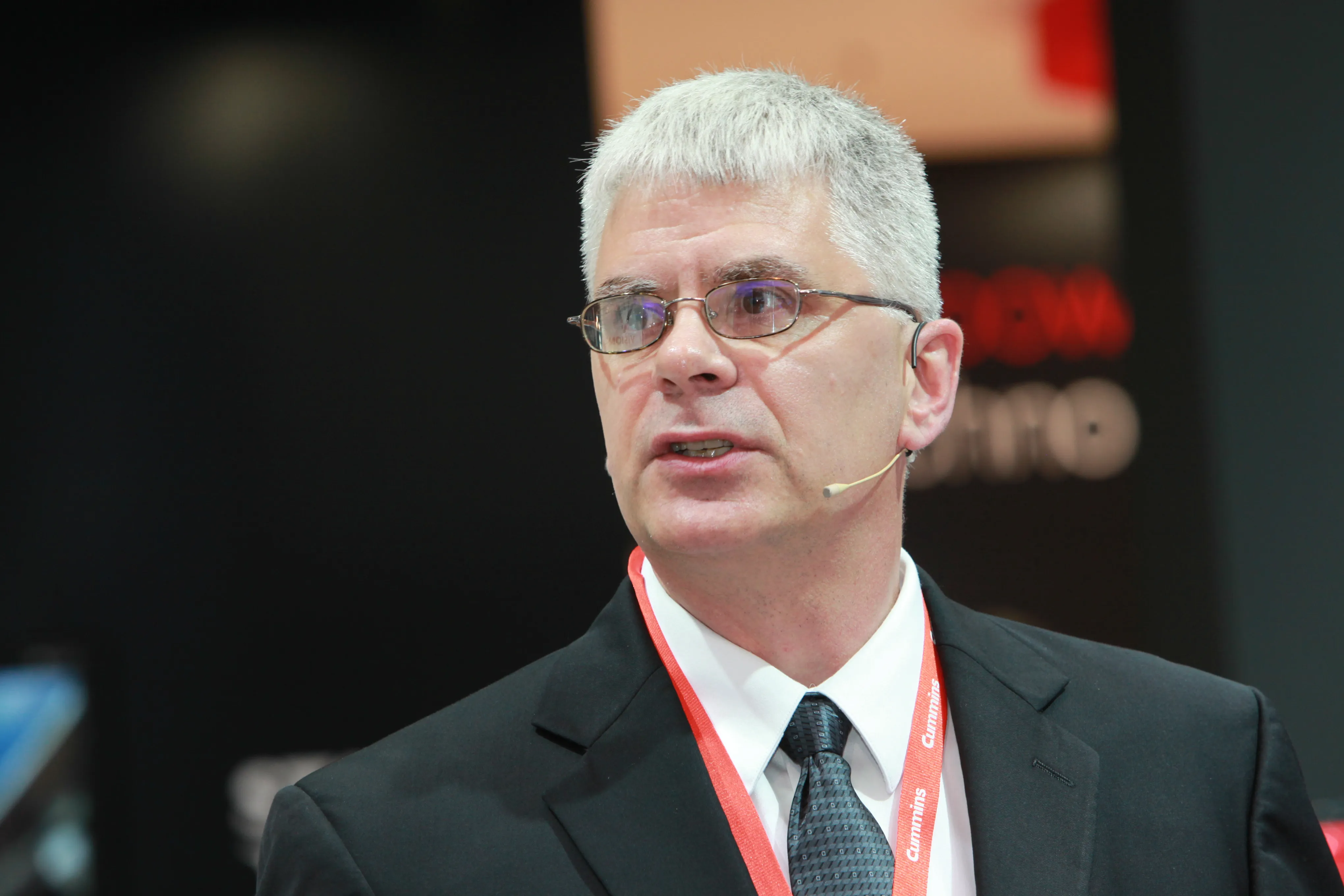Cummins Turbo Technologies is revealing to Europe for the first time a new addition to its existing range of large turbochargers for engines of 16litres and above.
The Series 900, being unveiled at INTERMAT, has been designed to meet the diverse duty cycles of this engine range.
The technologies that the complete range offers are suitable for applications from 294-4,707kW.
“We tailor our development process to create solutions that complement our customers’ business strategies and give the optimum l
January 6, 2017
Read time: 2 mins
The Series 900 has been designed to meet the diverse duty cycles of this engine range.
The technologies that the complete range offers are suitable for applications from 294-4,707kW.
“We tailor our development process to create solutions that complement our customers’ business strategies and give the optimum level of confidence in the robustness and flexibility of our products, which is vital in minimising downtime,” says Jonathan Wood, executive director, Research and Engineering.
“The advances of the Series 900 will be applied across the already robust and flexible product range, Series 800 and Series 1000, thanks to our world-class research and development facility, to create the most efficient and diverse turbochargers we have ever produced for the 16 litre and above engine range.”
Cummins Turbo Technologies also unveiled plans for investment in future technology solutions for the range to improve fuel efficiency.









